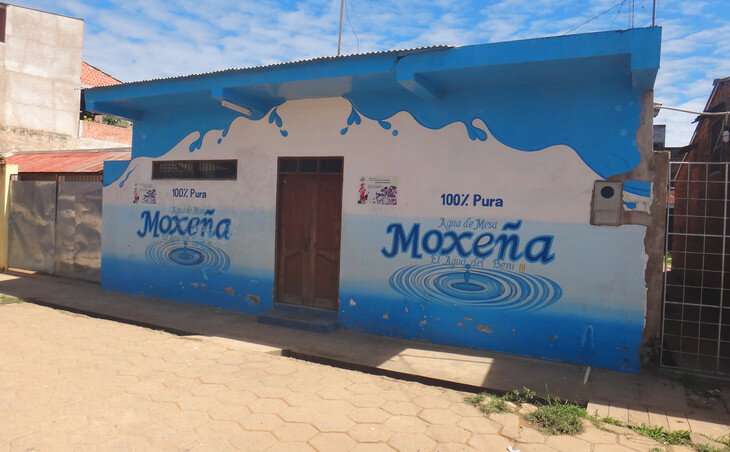Water borrowing: An invisible, global coping strategy for household water issues

Nearly 2 billion people worldwide lack access to a safe, managed water supply. Despite decades of research on how people cope with this problem, the practice of borrowing water from a neighbor has been studied only recently.
A team of researchers led by Asher Rosinger, assistant professor of biobehavioral health and anthropology at Penn State, found in a recent study that water borrowing is a common coping strategy around the world and that the practice may be costly for the borrower. Rosinger added that because of the problems associated with lack of access to safe water, understanding how people acquire water is critical to understanding the health and wellbeing of these communities.
"Over two billion people around the world lack access to safely managed water," Rosinger, who directs the Water, Health, and Nutrition Laboratory, explained. "The health implications of not having access to clean water range from increased diarrheal diseases and dehydration to the safety risks for the people who have to retrieve the water. A lot of times, the retrieval task falls to women and children."
To understand the scope and nature of water borrowing, the researchers gathered data from nearly 5,500 households in low-resource communities with water issues. The study spanned 19 low- and middle-income nations across sub-Saharan Africa, the Middle East, Central/South America, and Asia. The article was recently published in the journal Global Environmental Change.
According to the researchers, water borrowing is common around the world in communities dealing with water problems. Forty-five percent of households in the study reported borrowing water during the previous month. The borrowing rate, however, varied widely from site to site. In Nepal, where the research was conducted during the rainy season, only 11% of households borrowed water. In Pakistan, where the research was conducted during the dry season, 85% of households borrowed water.
"I was actually quite surprised that we saw some level of water borrowing in every single site in our study," Rosinger explained. "I have been doing research in San Borja, Bolivia, for a decade around water-related issues. I have never seen or heard anybody talk about borrowing water. So, when we got the data back and found that more than 70% of households in San Borja had borrowed water at least once in the last month, I was floored by that number. What that told me—coupled with the data from the other sites—is that this is a ubiquitous response to water problems."
Rosinger added that for most people worldwide, there is no expectation of payment in return for borrowed water. Seventy-two percent of borrowers stated that nothing was expected in return for the water they borrowed. Others reported that water, money, food or labor were expected in exchange.
The researchers found that households were more likely to borrow water if their water needs were unmet, if they perceived themselves as poorer, if they perceived their water to be unsafe, if their primary water source was not within the household, or if it was the dry season. However, households that had to spend more time fetching water were far more likely to borrow water even if they did not experience high levels of water insecurity, signifying that access is crucial to driving this coping strategy.
Though borrowing water can help meet a vital need, the researchers said there are problems associated with the practice. People may take on obligations to others when they borrow water. These obligations can be stressful and lead to shame, status loss, time loss, social indebtedness, and other problems. The researchers said this may inadvertently trap participating households in a vicious cycle of poverty, low self- and community esteem, and social indebtedness.
"I think water borrowing is a really important invisible coping strategy that people in water-stressed environments use to deal with water problems," Rosinger said, "but it is not something that is a silver bullet to solving water problems because of these other inherent community dynamics."
The researchers said that as climate change and population growth threaten to increase the number of households that lack consistent access to safe water, it is important to understand the implications of water borrowing at the local level. Water borrowing may improve a community's ability to cope with water problems, but it might also shift even greater burdens onto the most disadvantaged members of these communities.
More information: Asher Y. Rosinger et al. Water borrowing is consistently practiced globally and is associated with water-related system failures across diverse environments, Global Environmental Change (2020). DOI: 10.1016/j.gloenvcha.2020.102148
Provided by Pennsylvania State University



















